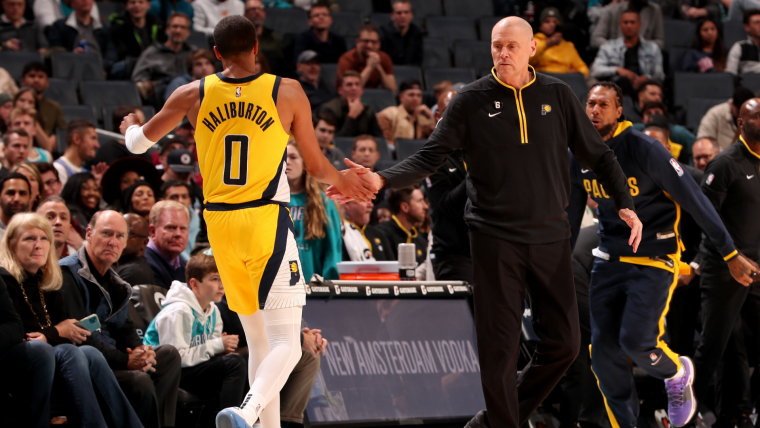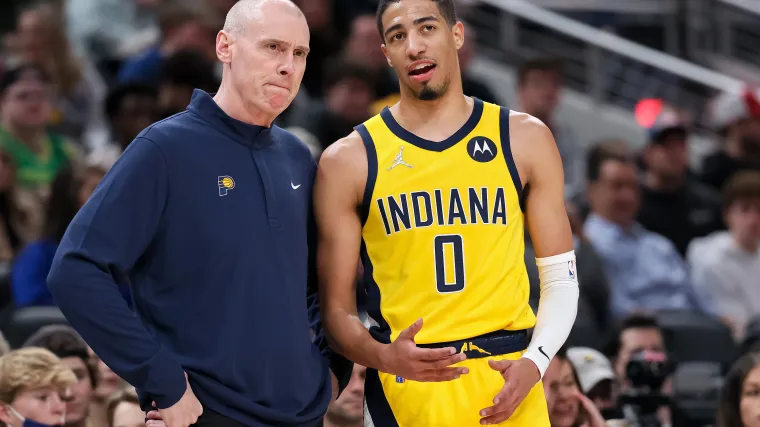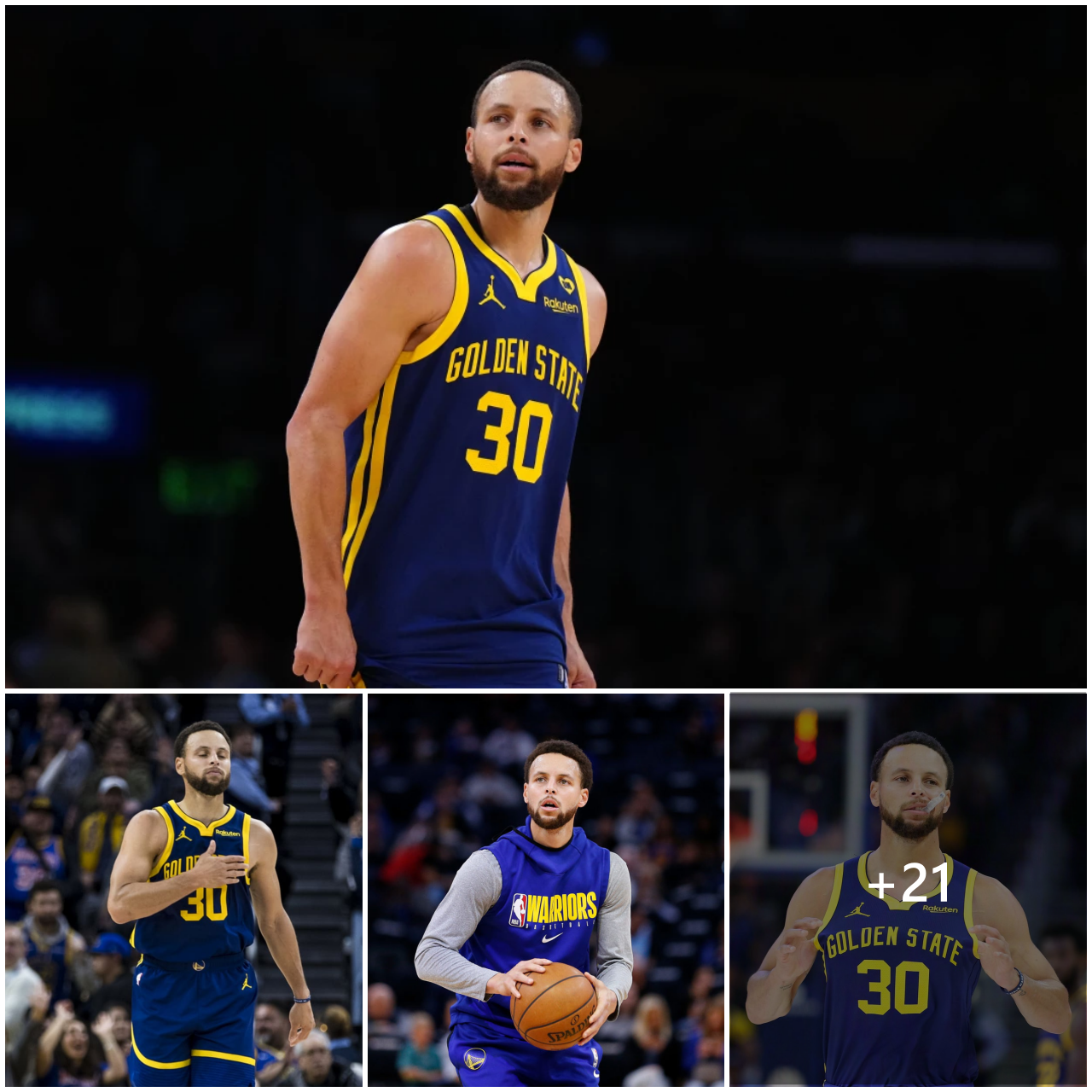The Indiana Pacers are currently inspiring their offensive prowess from the former Phoenix Suns’ “Seven Seconds or Less” style, revolutionizing basketball with a focus on attempting shots within the first seven seconds of the shot clock. This shift in offensive philosophy has its roots in the coaching evolution of Rick Carlisle, who, over more than two decades, transformed his approach from a slow-paced offensive strategy to a fast-paced, unpredictable system.

The Pacers’ current playing style, reminiscent of the Suns’ revolutionary approach in 2005, has catapulted them to the top of offensive statistics in NBA history. However, this high-speed transition game is not a simple strategy, and veteran coach Quin Snyder warned his players before facing the Pacers, emphasizing the need to be on constant alert.
The result was a spectacular game against the Atlanta Hawks, where both teams scored exceptionally high, with the Hawks reaching 152 points, their highest since 1970. Despite the impressive performance, the Pacers outscored them with a staggering 157 points.
This high-speed, transition style may seem straightforward, but in reality, Coach Rick Carlisle took more than two decades to implement this change successfully. Initially known for a slower offensive pace, especially during his time with the Dallas Mavericks, Carlisle’s coaching philosophy has evolved over time.

The Pacers’ inspiration from the Phoenix Suns’ style is evident, and their current offensive strategy reflects a departure from Carlisle’s earlier preference for a controlled and methodical approach. This shift towards a more free-flowing and unpredictable style has brought advantages, especially in playoff scenarios where opponents find it challenging to predict the Pacers’ next move.
The relationship between Carlisle and his guards has been complex throughout his coaching career, with a preference for control and strategic play. The question arises whether he will relinquish control to rising star Haliburton or if tensions will escalate, reminiscent of past clashes with guards like Rondo and Doncic.
Despite Carlisle’s reputation as an excellent coach, the shift towards a more dynamic and unpredictable style is noticeable since his return to the Pacers. Players like Haliburton express the freedom they enjoy in this new system, creating a challenging defensive scenario for opponents who find it difficult to anticipate the Pacers’ moves.
In summary, the foundation of the Pacers’ system goes beyond sheer speed, emphasizing the trust that Carlisle and Haliburton have built. This trust was evident in critical moments, such as Haliburton’s decision to go against Carlisle’s instructions and make a game-changing three-pointer.
The acceptance of Haliburton’s autonomy is a departure from Carlisle’s past interactions with guards, symbolizing a shift in playing style based on the player’s ability to read situations. This newfound trust and flexibility may be the key to the Pacers’ success in the evolving landscape of NBA basketball.





